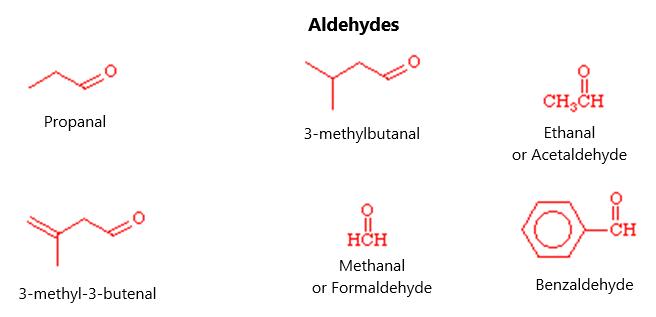There is, for example, cyclopentene, which is a pentene ring with an endocyclic double bond and methylene cyclopentane, in which the double bond is exterior to the ring but has one carbon as part of the ring. When the side chain has a double bond, for example, with ethene, the name becomes “ethenyl” to make it a side chain. As a common name, ethenyl becomes vinyl, which is more commonly used. The conjugated diene molecule can be written as a resonance structure. What this looks like is seen in figure 37, in which a partial charge is necessary to have the bond shift from the 1 and 3 carbon atoms of 1,3-butadiene to the central carbon pair:
PHYSICAL PROPERTIES OF ALKENES The carbon-carbon double bond of alkenes changes the physical properties of the substance. Alkenes can be solid, liquid, or gas at room temperature. Cis isomers will have lower melting points when compare to trans isomers. There are also weak dipoledipole interactions because of the electron-attracting capabilities of the carbon atoms. Ethene (C2H4) and propene (C3H6) are the two smallest alkenes and do not have isomers. Everything larger than that will have an isomer of some sort. Because the carbon-carbon double bond does not allow any rotation about it, there are cis and trans isomers that will not rotate. At STP (standard temperature and pressure), ethene, propene, and butene are colorless gases. This means they have a low boiling point with respect to STP. Pentene, hexene, and heptene have a higher boiling point, existing as liquids at room temperature. Anything with fifteen carbons or more will be solid. These are denser than water and are, of course, insoluble in water because they are nonpolar.
66




























































